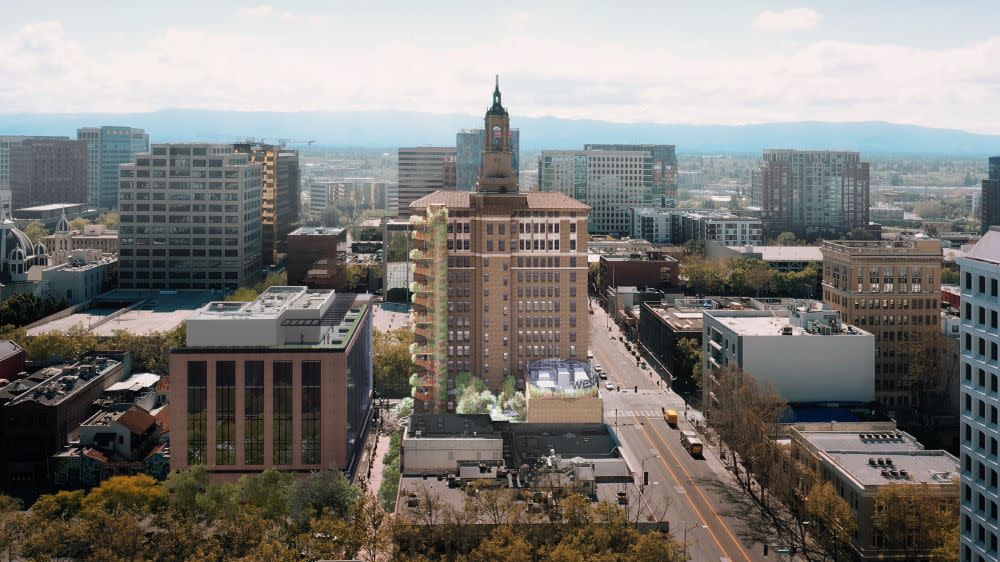Manifesto
This historic building is part of the record of our past, and in looking to the past we can often see the way forward.
Most cities have a landmark that distinguishes the core of the central business district. In San Francisco that would be the Transamerica Building or the Ferry Building, in New York, Rockefeller Center, in Vancouver, the Christ Church Cathedral and in San Jose it is the Bank of Italy.
Constructed in 1926, the Bank of Italy is Silicon Valley's oldest skyscraper. The Bank of Italy building was originally home to a financial institution of the same name, established in 1904 by San Jose native Amadeo Pietro Giannini as a bank “for the people”. The Bank of Italy went on to become the Bank of America, now one of the largest financial institutions in the world. Designed by architect Henry A. Minton, on completion, the Bank of Italy was the tallest tower between San Francisco and L.A. and remained so until the 1970s.
Our interest in acquiring this landmark was very deliberate. We saw this project as a wonderful opportunity to celebrate the architecture by respecting the aspirations of the original design team while at the same time, inspiring the entire community to look at the Bank of Italy through a new lens. An intervention in something of such historical importance must be sensitive, but we also wanted to be bold. Our history matters because it helps us as individ-uals and societies understand why we are the way we are and what we value. This historic building is part of the record of our past, and in looking to the past we can often see the way forward.
Combining modern systems with impossible to replicate character is a proven formula for inspiring architecture. With Bank of Italy, we’re attempting to take this concept further, and produce some of the most inspiring workspace in Silicon Valley. Perhaps the most dramatic intervention is what we are calling Giannini’s Vertical Garden. Part stairway, part outdoor workspace, part vertical garden, all inspiration.
As excited as we are at the potential to clearly mark this moment as the renaissance of Silicon Valley, we are equally ambitious with respect to the types of enterprises that will call the Bank of Italy home. What happens within the Bank of Italy is just as important as the architecture and together they create the perfect project to start our journey.
As cities continue to evolve, it is important we make every effort to repurpose our buildings rather than tear down and rebuild. The carbon footprint of saving and extending the life of our buildings will typically be far smaller than building something new. Combine that with the inherent energy saving properties of this type of con-struction and the new technologies introduced, and the Bank of Italy will be an extremely high performing building.
We have a number of projects now completed or under development with BIG and we were thrilled by how enthusiastically they embraced this challenge. The result of the energy they poured into the design process is some of the most inspiring work that we have yet been a part of. Inside and out, the Bank of Italy is about to become the jewel of Silicon Valley.
